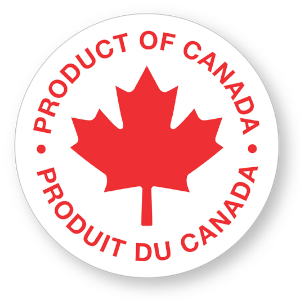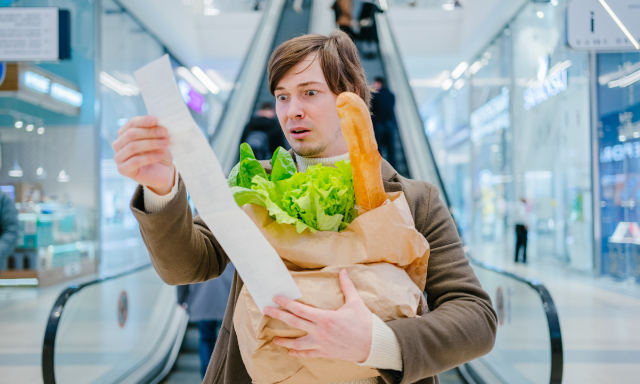The harder they try – or claim to – the more criticism they draw. It seems Loblaw’s can’t win – at least on any issue connected to food prices. Now, consumer groups are complaining about the Loblaw’s ‘Canadian content’ labelling…
We featured a post just last week on Loblaw’s well-intentioned program to help consumers identify which of its products were Canadian Made or at least possessed some Canadian manufacturing or packaging components.
It’s all in aid of helping customers differentiate between US-made – therefore tariff-affected – pro-ducts and Canadian-made products during the looming Trump tariffs crisis.
However… In its ‘haste to help’, Loblaw’s – and other supermarket chains – may have made the situ-ation hazier, not clearer.
‘Maple-washing?
Reddit remains the ‘seat’ of anti-loblaw’s consumer sentiment. And its r/loblawsisoutofcontrol thread remains the laser-focus point of that discontent.
A recent post titled ‘Loblaws is truly disgusting‘, the contributor insists Canada’s largest supermarket conglomerate is, “downright dirty and wrong,” for slapping the maple leaf symbol on products.
The included photos of bags of frozen fruits and vegetables from the company’s in-house No Name and President’s Choice brands. And the labels featured a maple leaf icon, even though the bags themselves clearly stated that the frozen pineapple is from Costa Rica, the strawberries from Mexico, and the green beans from the U.S.
Marketing experts say, the symbol is probably ‘an effort to indicate that the brand they’re on is Cana-dian, even if the contents are not’. Which jives with what Loblaw’s says at its own ‘Tariffs’ website.
But critics have already labelled the practice ‘Canuck-washing’, and ‘Maple-washing’.
The root of the problem?
 “There’s no specific law on what you can put a maple leaf on,” David Soberman, marketing professor at the Rotman School of Management, told Yahoo! Canada. “What we have to think about in marketing is what this actually communicates. When you put a little Canadian flag on something, some people will think it’s a Cana-dian product.”
“There’s no specific law on what you can put a maple leaf on,” David Soberman, marketing professor at the Rotman School of Management, told Yahoo! Canada. “What we have to think about in marketing is what this actually communicates. When you put a little Canadian flag on something, some people will think it’s a Cana-dian product.”
Under Canadian law, there is a list of standards a pro-duct must meet to qualify for official ‘made in Canada’ status. Then, it can wear a ‘Product of Canada’ label (as shown, left). If the item complies with some but not all of the requirements, it can’t claim Canadian ‘origin’.
But the Red Maple Leaf – by itself – does indicate that there was at least some Canadian ‘input’ in its creation. Leaving it for you to decide whether it’s ‘Canadian enough’ for you to buy. At any price.
My take
We hoped that our original post on this contentious – but not irresolvable – issue would be sufficient to help consumers differentiate between what are truly Canadian products, which came from the US (and are therefore subject to tariffs), and which came from third-party countries but still possess some ‘Canadian content’.
I do hope that this post helps clear up at least some of the abiding confusion…
~ Maggie J.


